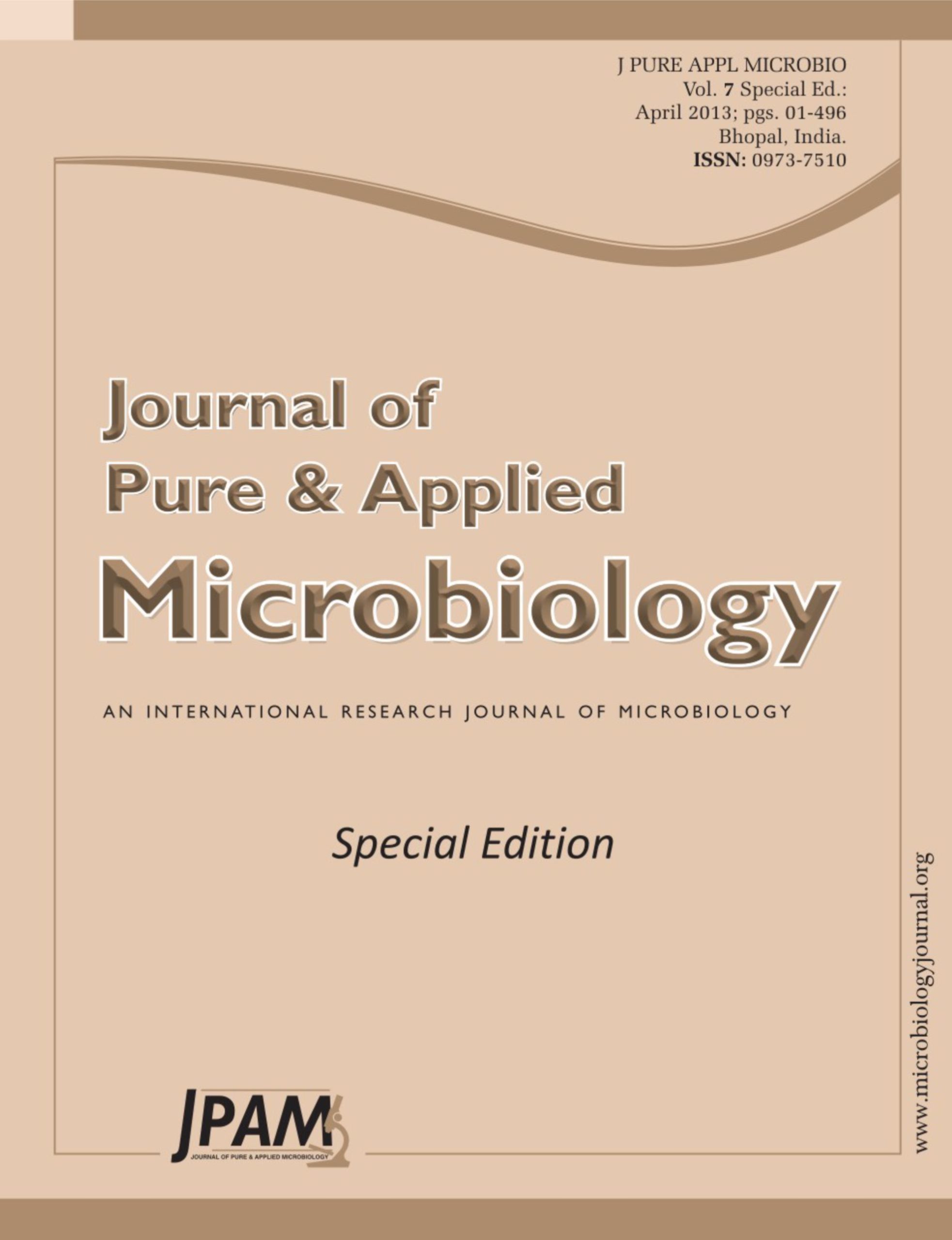The combination of medicine and information science to analyze of clinical problems has become one of the hot subject to interdisciplinary study. This paper describes the analysis and design of digital treatment to the traditional Chinese drug fumigation (TCDF) to Lumbar disc herniation. The emphasis of this research is on the novel learning algorithm which is combined Yinger learning algorithm with dynamic fuzzy neural network of traditional Chinese drug fumigation fume to Lumbar disc herniation. The date preprocessing handle of date pretreatment and create a new local space by K-Vector Nearest Neighbors to remove extraneous matter from learning set. This method automatically adjusts fuzzy rules and networks weights based on local space to fit sampling data. The simulation results show that the identification model can reveals pathological mechanism of Lumbar disc herniation and the result is feasible. The temperature regulating controller can response to changes in interference source with minimal energy loss to different types of patients. Compared with other methods, the new controller has better dynamics performance and anti-interference capability.
Lumbar disc herniation, Yinger Learning Algorithm, Dynamic Fuzzy Neural Network, Nonlinear System, traditional Chinese drug fumigation
© The Author(s) 2013. Open Access. This article is distributed under the terms of the Creative Commons Attribution 4.0 International License which permits unrestricted use, sharing, distribution, and reproduction in any medium, provided you give appropriate credit to the original author(s) and the source, provide a link to the Creative Commons license, and indicate if changes were made.


